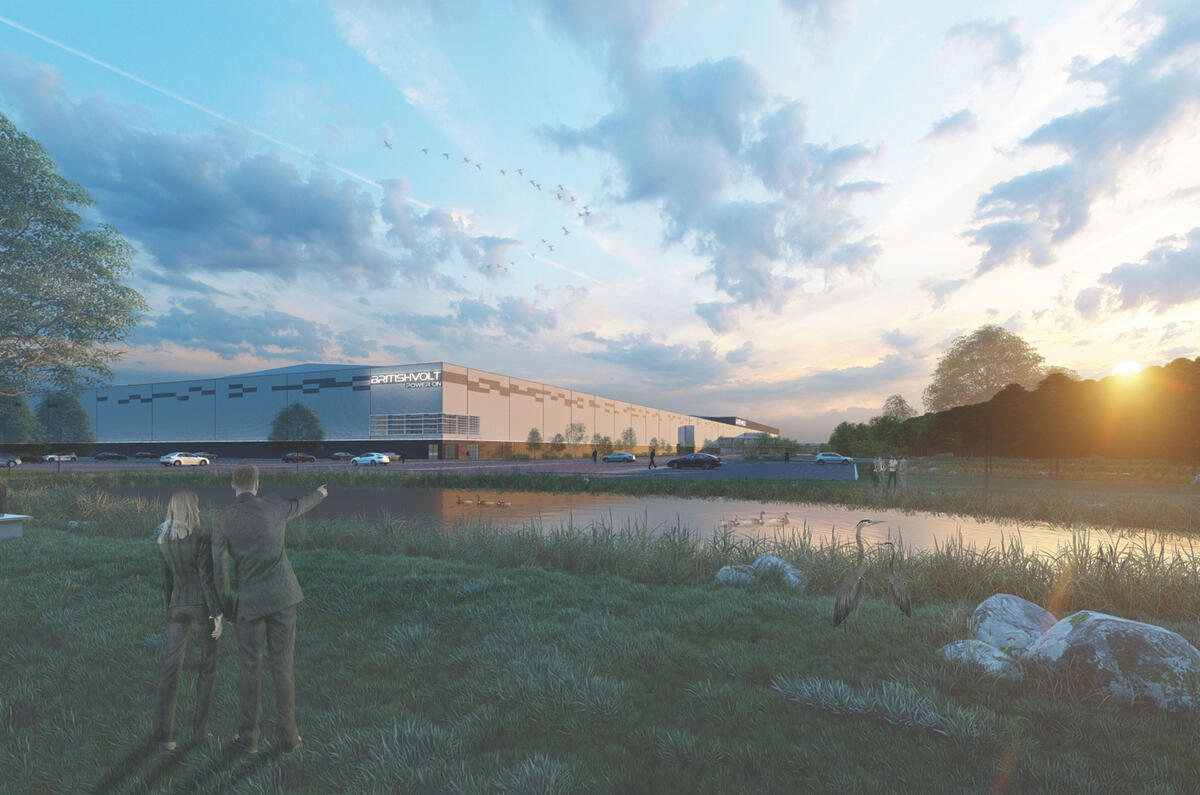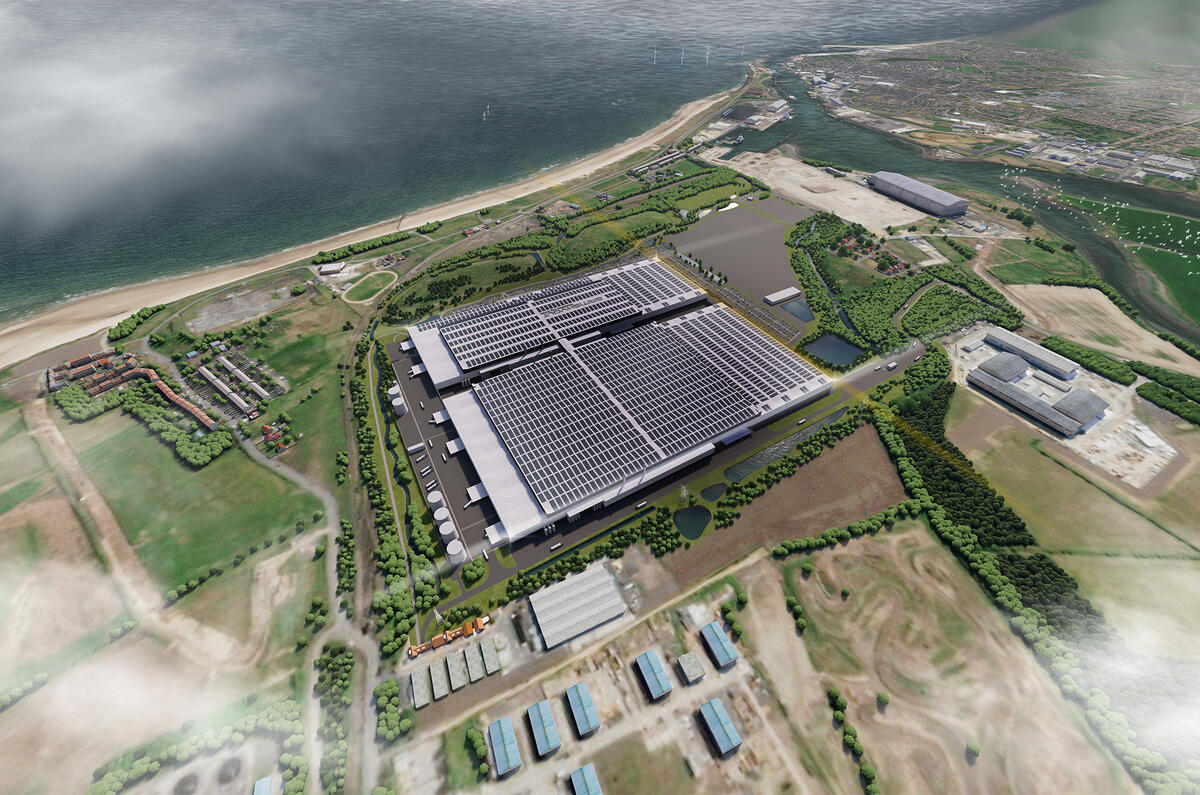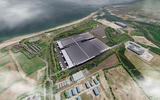As president of global operations at Britishvolt, Graham Hoare is a busy man at the moment. The battery manufacturer recently secured £1.7 billion of funding and is currently gearing up for production to start in 2024 at its Northumberland site having secured planning in 2021.
Previously, Hoare’s background in engineering served him well as he spent nearly 20 years at Ford, rising to chairman of Ford of Britain.









Join the debate
Add your comment
Blah, blah, blah... It's been 3 years that Britishvolt has been in the news. What progress has been made at the site? Nothing about this here, on Yt or from Britishvolt itself or other interested parties or on a wider web search except the ground-breaking. In the time period, Tesla Shanghai was built and had produced over 300 thousand cars. Stop waffling and GET ON WITH IT!
At least there's now been some progress - they've made a sample battery!
Have we seen a car powered by British Volt Batteries?
No.
Have they produced anything in production?
No.
I'm not even convinced about the electrical connection to Norway. It's still a company promising much and delivering very little.